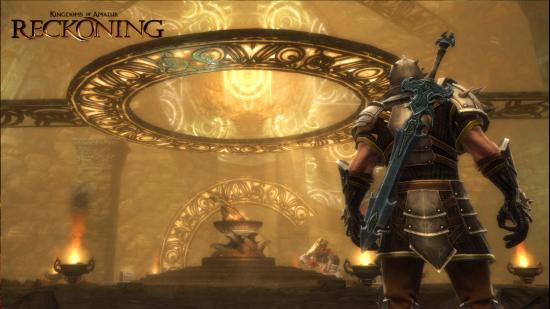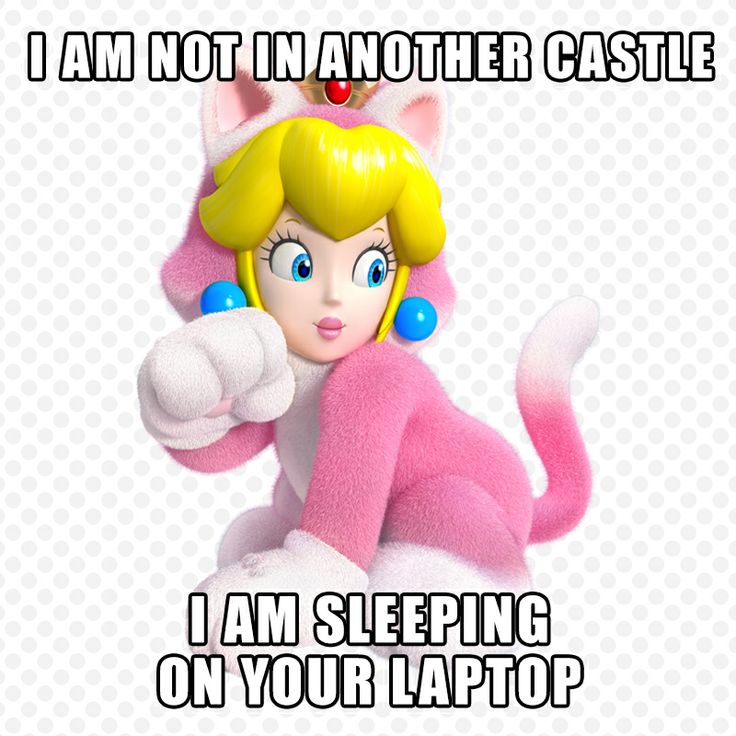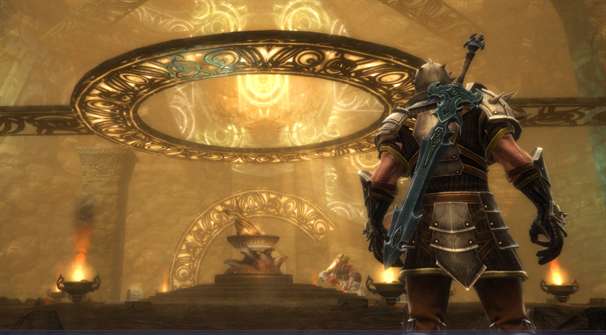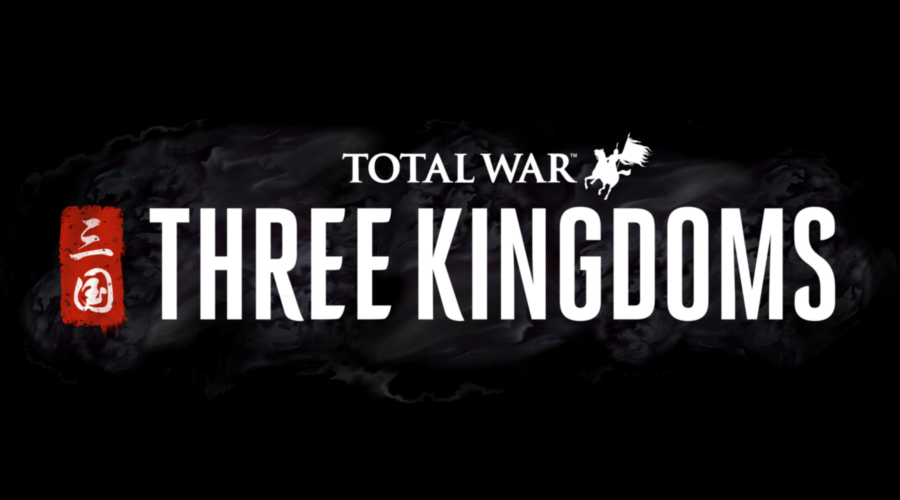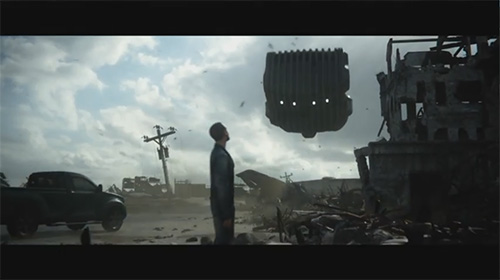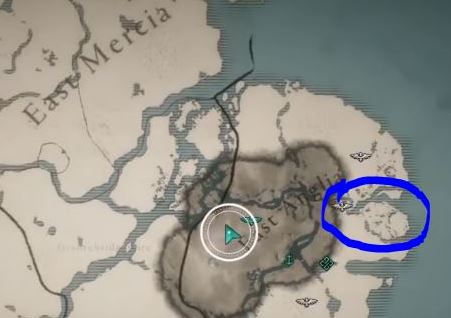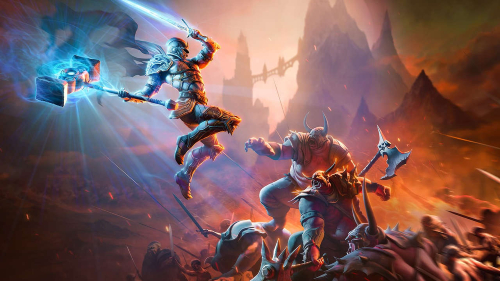
Kingdoms of Amalur: Reckoning was an ambitious project when it was released in 2012. The game was developed by 38 Studios and was the brainchild of former baseball player, Curt Schilling. Schilling and 38 Studios sought to create their own mythology, with the ultimate goal of releasing several projects set in the world of Amalur. Despite Kingdoms of Amalur’s critical success, however, it didn’t sell enough copies to break even. The studio subsequently shut down and the IP found its way into the hands of THQ Nordic. Fast track to today, we’re now treated to Kingdoms of Amalur: Re-Reckoning, a remaster which brings the original release and all its DLC to modern systems. Unlike THQ Nordic’s recent efforts with SpongeBob SquarePants and Destroy All Humans, however, there’s little here that will entice fans to come back for a second outing.
Kingdoms of Amalur: Re-Reckoning casts players in the role of The Fateless One. At the beginning of the game, the Fateless One is dead but is revived after their body is tossed into the experimental Well of Souls. With no memory of their former life, players soon discover they’re in the midst of a war between the Immortal Fae and mortal races, and that they have the ability to change the Fate Weaves. These weaves predetermine how an individual will live life and meet their end. The Fateless One, however, does not have a weave, letting their destiny be their own and allow them to influence the weaves of others. The Fateless One sets out to discover who they once were and end the war with the Immortal Fae.
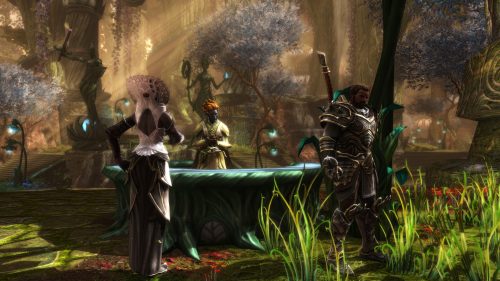
The game’s story is rich with lore. At nearly every turn there are several side quests to uncover which will slowly unravel the world of Amalur, from its various races and factions to the individual townships. At times it can be daunting due to the amount of plot threads there are, so you will be forgiven if you reach a point where you just focus on the main story quests. But for those who love spending dozens of hours exploring vast fantasy worlds, this game is definitely for you and is a testament to 38 Studio’s original vision.
Kingdoms of Amalur features extensive player customisation options. Like many RPGs you can choose your character’s class, including Might (Warrior), Finesse (Rogue) and Sorcery (Mage). What made the game a little more unique back in its day was that players could intertwine traits of each class via a skill tree system, making their character more adaptive to different situations and opening up more playstyles. For example, a Might/Sorcery character can use elemental attacks and fight enemies at close range. You aren’t locked into a specific class either; a few hours into the game you will be able to reapply skill points (for a fee) and change your playstyle. It gives players more freedom and helps prevent combat getting repetitive.
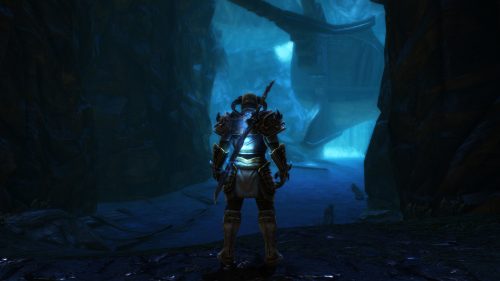
You also have a range of weapons at your disposal, including scepters, longswords, daggers and crossbows, to name a few. You can also equip your character with various armour pieces and accessories that will enhance certain characteristics, such as regenerate your mana faster, increase defense points or increase the likelihood of making a critical hit. Armour and weapons are awarded by collecting loot from fallen foes and treasure chests which are hidden throughout the land. Armour and weapons do wear out over time, so there’s a need to keep some repair kits on hand or, at the very least, a few backup options. There is a limitation on how much you can carry in your inventory, so annoyingly you do have to pause often and go into the menus to dump the junk you have acquired.
Combat focuses on adapting your playstyles, timing attacks and dodging enemies. Some heavy armoured enemies, for example, are more vulnerable to magic and elemental attacks, so switching out to a fire or lightning-based scepter may be the best way to approach the situation. But it’s also important to watch enemy attack patterns, as there’s just as much emphasis on dodging at the right moment or blocking attacks with your trusty shield. Combat can get repetitive over the course of the game, though as previously mentioned that’s somewhat alleviated if you change your character class.
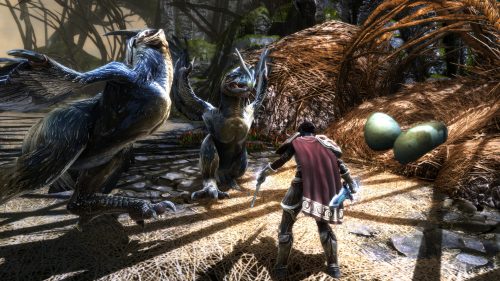
For the Re-Reckoning remaster, THQ Nordic have made several minor quality of life improvements. The loot that appears is now tailored towards the character class you’re playing as. Level zoning calculations have also been improved. In the original game, areas had a minimum/maximum skill level that would be applied to areas based on what level the player was when they first visited. These would become locked to the player’s save file. Now, the game will adapt based on the player’s level when re-entering the zone, which is beneficial for players returning to an area to complete side quests. There has also been some minor tweaks made to the character models, but otherwise the game looks and sounds exactly like it did 8 years ago, albeit with a native 1080p resolution.
Disappointingly, there are several bugs in Kingdoms of Amalur: Re-Reckoning. During my time with the game I occasionally had allies get stuck on the map while following me. Some enemies also didn’t spawn correctly – they would appear on the mini-map but I would have to walk away from the area then come back for them to generate properly. This was particularly annoying when it was necessary to defeat all enemies in the immediate area to complete a quest.
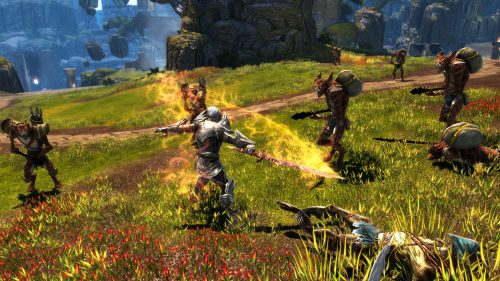
Honestly, if you have the original game still there’s little reason to upgrade to the Kingdoms of Amalur: Re-Reckoning remaster. While the quality of life improvements are a welcome inclusion, there just isn’t much else new here. The overall experience generally bodes well in today’s market, but some parts of the game are starting to show its age. The graphics in particular aren’t as impressive as they once were, with the low textures looking pretty average in full HD. If you missed this the first time though, then by all means there’s a great RPG to discover.
Kingdoms of Amalur: Re-Reckoning was reviewed on an PS4 base console with a review copy provided by THQ Noridc and Koch Media. The game is also available on Xbox One and PC. For more information, check out the game’s official website.
- Expansive lore - Great player customisation options - Several quality of life improvements
- Combat can get repetitive - Not a lot of new content - The game is starting to show its age

